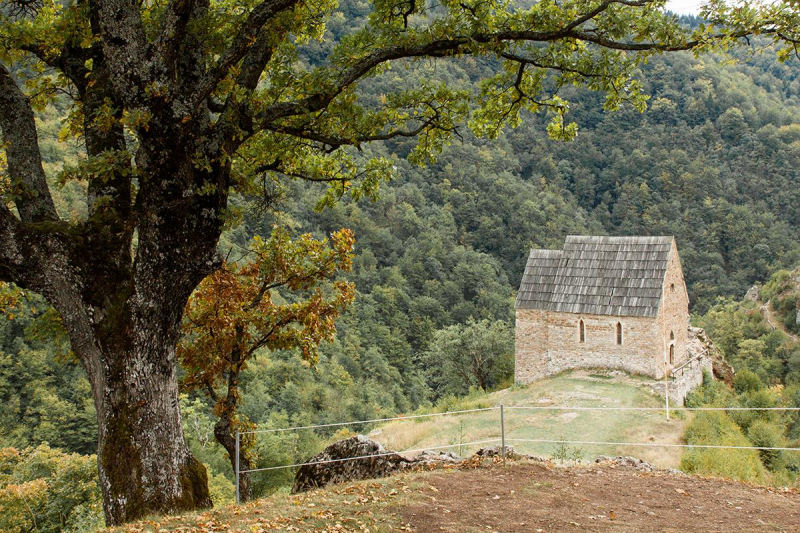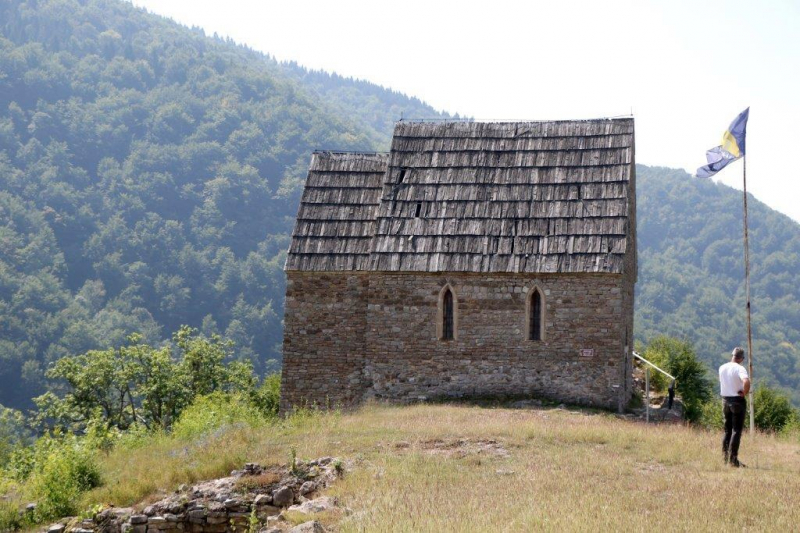Medieval Royal City of Bobovac
As early as the Bronze and Iron Ages, this prominent topographic location was employed for defense (from the second millennium to the year 400 BCE: the locality of Gradina by the east tower on Vis). Roof tiles from antiquity have been discovered throughout the area, and vestiges of the earliest construction (fourth to sixth centuries) can be seen on the north wall of the Royal Castle's main tower.
Bobovac was the key to the Bosnian Kingdom as the royal seat of the Bosnian Ban Stjepan II Kotromanić, who made the first steps to create the Castle during the mid-14th century, and then as the seat of the Bosnian Kings from Tvrtko I to Tomaš, up to 1461. As a result, it was repeatedly attacked by individuals seeking to seize the Bosnian throne or destroy the Bosnian state. The Castle served as the Bosnian State's administrative and military hub, and it was there that the Bosnian royal crown was housed. The kings of Bosnia and Herzegovina, Ostoja, Tvrtko II, and Stjepan Tomaš, are all buried there. Due to the impending threat of the Ottomans, the last Bosnian King, Stjepan Tomašević (1461–1443), relocated the Royal Court to Jajce. Following the capture, the Castle of Bobovac was razed in 1463 for valid strategic reasons, as the archaeological investigation has proved. Later, the Ottomans built the buildings they needed for their presence in the Castle on the ruins of the Royal Court (1463-1626).
Location: Bobovac, Bosnia and Herzegovina












